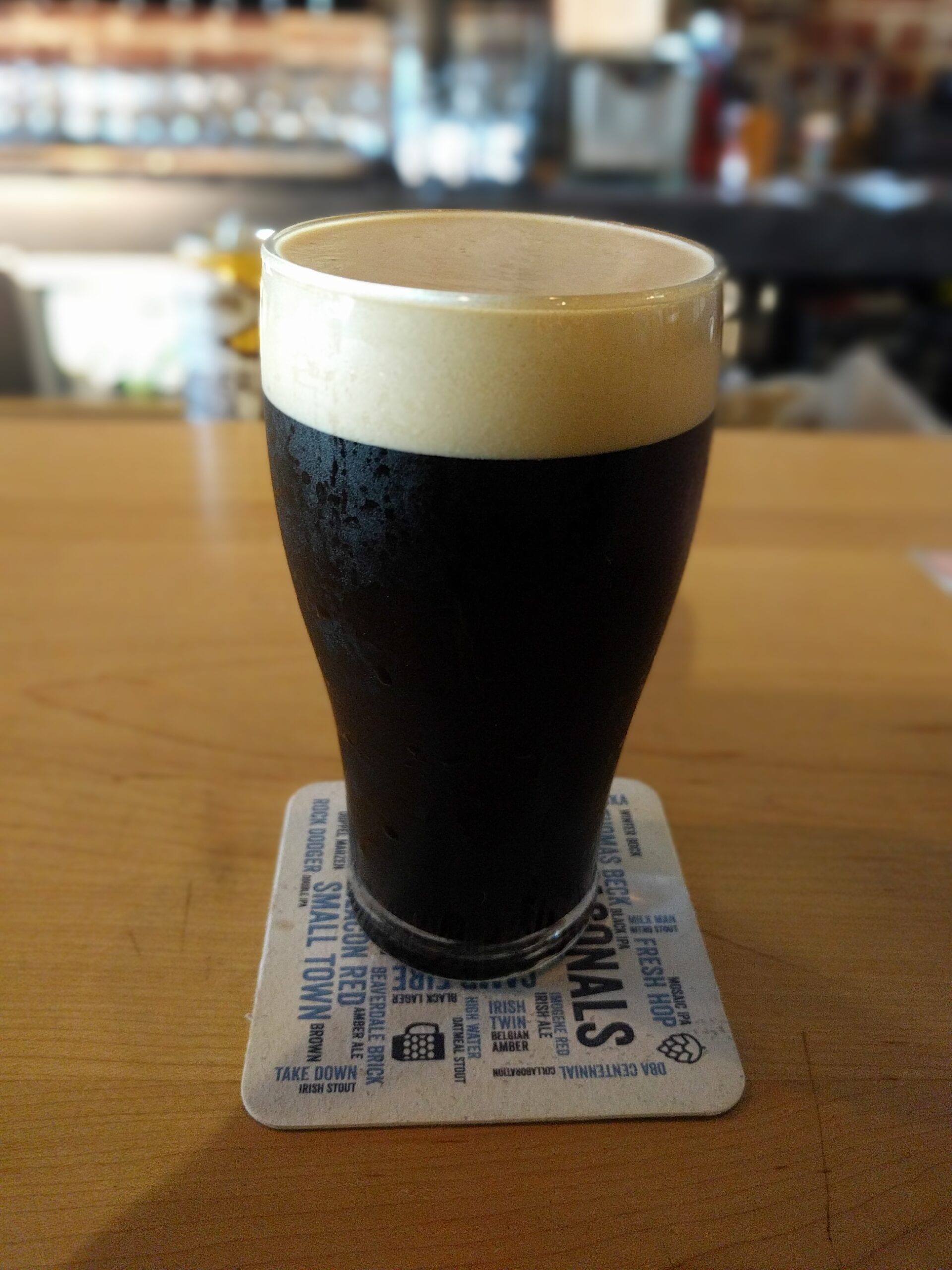| Adjunct | Unmalted grain or other fermentable sugar added to the mash or wort |
| Aeration | Introducing air into the wort. A common method is by shaking the fermenter. |
| Alpha Acid | Alpha acids are converted to iso-alpha acids which account for a large portion of a beer’s bitterness. Alpha acids come from resin in the hop cones. |
| Attenuation | The reduction of a wort’s specific gravity as a result of fermentable sugars being converted into alcohol and carbon dioxide. An important aspect of a given yeast’s fermenting characteristics. |
| Autolysis | Process in which yeast begin to breakdown their cells as a result of self-produced enzymes when the cell dies. Significant amounts of autolysis can produce a rubbery odor. For this reason it is best to rack beer off the trub as soon as fermentation is complete. |
| Beta Acid | Hop resin that is mostly insoluble in liquid and cannot be isomerized by boiling. Acts as an antibacterial towards some bacteria strains. |
| BIAB | Brew in a Bag. An all grain brewing method used to mash grains in a single vessle using a mesh bag to hold the grains. |
| Bitterness Units (BU) | A measurement for bittering substances in beer. |
| Blow-off | A fermentation method in which a plastic tube is fitted into an opening in the top of the fermenter and the other end is submerged in a container with sanitized solution. Blow-off allows carbon dioxide and beer residue to be expelled from the fermenter and at the same time prevents contaminated air from getting into the fermenter. Often used as an alternate to an airlock for active fermentations that creates a lot of krausen. |
| Bottle-conditioned | Beer that has been carbonated in the bottle using yeast and sugar. Typically the sugar is added just prior to bottling rather than relying on residual sugar in the beer. |
| Carboy | A glass fermenter. Common sizes are 3, 5, 6, and 6.5 gallons. |
| Cold Break | The clumping and settling out of proteins during wort chilling. |
| Diacetyl | Byproduct of yeast that is associated with an undesired buttery taste. |
| Dry-hopping | Addition of hops to the fermenter. |
| Esters | Byproduct of yeast that is associated with fruity flavors. |
| Fermenter | A vessel that holds the beer undergoing fermentation. Common materials used are plastics, glass, or stainless steel. |
| Final Gravity | The specific gravity of the beer after completion of fermentation. |
| Flocculation | The act of yeast clumping together and settling out. |
| Hot Break | The clumping and settling out of proteins during wort boil. |
| Hydrometer | An instrument used to measure specific gravity. |
| Isomerization | The extraction of alpha acids from hops during boiling. |
| Kraeusen | The foam that forms on the surface of the wort during fermentation. |
| Lager | Term used for beers brewed with bottom fermenting yeast. |
| Lovibond | Beer color scale. |
| Original Gravity | The specific gravity of the beer (wort) prior to the start of fermentation. |
| Pint | A measure of volume consisting of 16 fluid oz in the U.S. or 20 imperial fluid oz in the United Kingdom. |
| Pitching | Adding yeast to the wort. |
| Primary Fermentation | The first part of fermentation when most of the sugar is consumed and coverted to alcohol and carbon dioxide. |
| Priming Sugar | Sugar added to beer just prior to packaging. Used to naturally carbonate the beer via new fermentation. Simple sugars are used such as cane sugar, corn sugar, and malt extract (liquid or dry). |
| Secondary Fermentation | Occurs after primary fermentation, but prior to bottling. Allows for the beer to condition and settle out yeast / other particulates. |
| Wort | Wort is the sweet liquid that is extracted from the mashing process. After adding liquid or dry malt extract (which is really just condensed wort) to the brew water, the resulting liquid is also called wort. |

